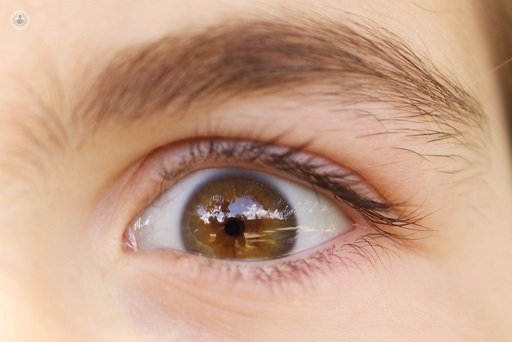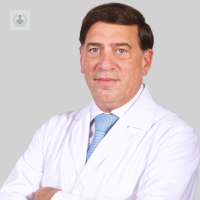All you need to know about cataracts
Written by:The doctor. Tañá, specialist of the ophthalmological clinic Oftalvist, is an expert in the treatment of pathologies such as cataracts, presbyopia, keratoconus or dry eye, among others. In this article the doctor develops what cataracts consist of and what their treatment is.
The cataract is the total or partial opacification of the lens, reducing vision progressively and slowly.
Cataracts are usually associated, although it can be congenital or occur due to trauma or accelerated formation in certain diseases, as well as after the intake of some medications.
Causes and symptoms of cataracts
The aging of the lens is something inevitable, and is the main cause of the cataract. Age is, therefore, the risk factor that most influences its appearance, affecting half of the population between 65 and 75 years and 75% in people over 75 years of age. The cataracts always advance, without there being medicines, habits of life nor of feeding that influence in their disappearance.
Alcohol , tobacco or too much exposure to the sun also favor the appearance of cataracts. Like other diseases such as diabetes , high blood pressure or myopia .
Symptoms of cataract begin with blurred vision, a problem that increases with time, in addition to the difficulty of reading small letters or problems with night vision.
Treatment of cataracts
Cataracts are exclusively treated surgically and their diagnosis, through an ocular examination. When this occurs, we have to change that natural lens for a new artificial. It is treated by two types of techniques:
1. Phacoemulsification : It is a small incision that we introduce by a microincision (less than 3 mm) by means of an ultrasound terminal with which we fragment the nucleus of the cataract, respecting its capsule, and aspirating the fragments we have produced. Subsequently we introduce a foldable intraocular lens, made of a synthetic material, inside that bag or capsule, with which we try to correct refractive defects that would have preceded surgery (hyperopia, myopia, astigmatism, presbyopia).
2. Catalys femtosecond laser platform : Today this technology has led to the surgical revolution of the cataract. With this technology we improve the perfection and safety of our surgery. Thanks to this, for the doctor surgery is more regulated, with different options of assessment and surgical vision, and therefore a lower stress. In this sense, cataract surgery is benefited by making more precise incisions with better astigmatism control, a better capsulotomy that allows a better centering of the intraocular lens, and a need for a decrease in ultrasound energy of up to 90 %, which leads to fewer side effects and faster recovery.



